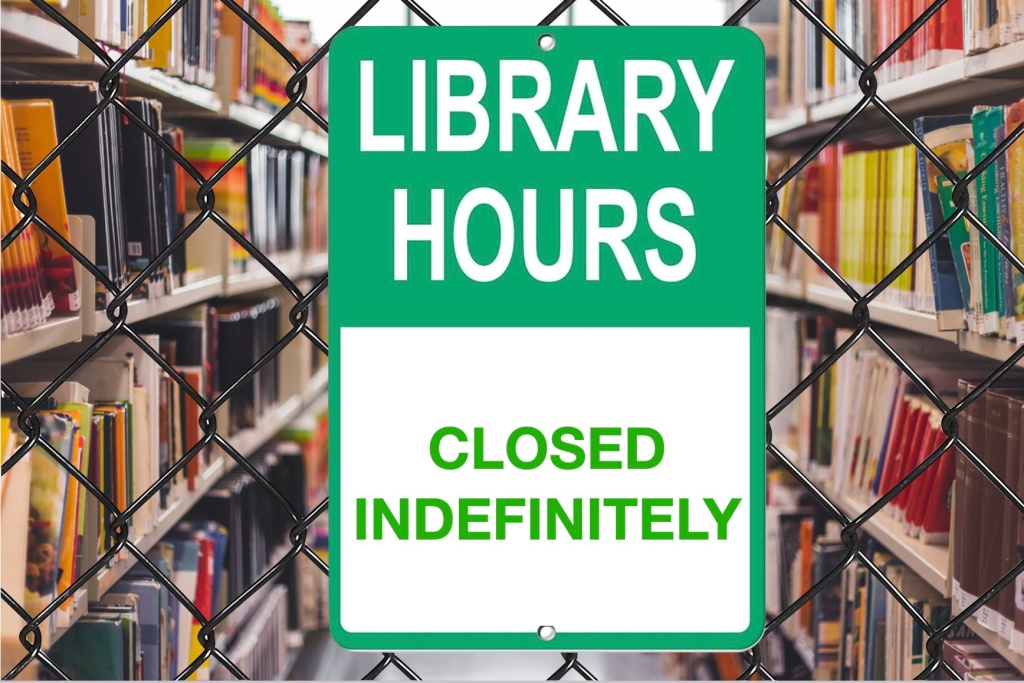
Whom do you trust?
So much in life comes down to that simple question.
When two groups disagree, which one do you believe?
If it’s a matter of fact, you can look at the raw information yourself and come to your own conclusions. But often the matter under discussion is so complicated and the field so rarefied that you can’t hope to make a rational decision alone.
So we appeal to the experts.
In education, the experts are basically classroom teachers and standardized testing companies.
Sure there are students who experience all of their own educations. But that experience is by definition subjective and applies only to them. Something similar can be said of parents who experience the process second hand through their children. They can make decisions about the individuals in question but don’t have enough information to fully generalize about the entire system.
Those with the most exposure to the most diverse educational experiences are teachers and testing companies.
On the one side you have teachers who instruct students for at least 180 days a year, giving formal and informal assessments throughout to provide a classroom grade. On the other you have the testing companies that give students a single assessment over a period of hours or days.
And often they come to different conclusions.
Many times children get high classroom grades but low scores on the standardized test.
So let us ask the question that the media never does: which should we believe?
News sources almost always act as if there was no question in the first place. They invariably go with the test as if it were a pure matter of fact. But it isn’t. There are economic reasons for this sleight of hand – not academic ones. After all, the huge media conglomerate that ultimately pays the journalist’s salary often owns the standardized testing company or the publishing house or technology company that provides remediation for that particular assessment.
It’s also more interesting to write about failing test scores than kids doing well in school. An alarmist narrative certainly sells more papers. Would there even be a story if a reporter wrote “Majority of Kids Pass Courses and Graduate Again This Year”?
So we’re bombarded with doomsayer stories about failing schools, failing teachers and failing students.
Education Week ran a story last week titled “U.S. Parents Think Reading Instruction Is Going OK—Until They See National Test Results.”
And another called “Students’ Grades May Not Signal Actual Achievement, Study Cautions.”
It’s too bad the article never explains why we should take standardized test scores over classroom grades.
The first story even centers on a misreading of test scores.
The test in question is the National Assessment of Educational Progress (NAEP) . Sometimes called the Nations Report Card, the assessment is given to a random sampling of elementary, middle and high school students in participating countries to compare the education systems of nations.
According to the latest NAEP results, about 2/3 of US students read below “proficient.” And when parents are told this, a new survey finds they lower their opinions of students’ reading abilities.
However, what the article fails to mention is that “proficient” on the NAEP is a misleading benchmark and always has been.
On the NAEP, “proficiency” does not mean students can read at grade level. Being able to do that would actually earn them a “basic” score.
If you read the NAEP’s own Website about how to interpret the scores, you’d see that:
“The NAEP Proficient achievement level does not represent grade-level proficiency, but rather competency over challenging subject matter. NAEP achievement levels are to be used on a trial basis and should be interpreted and used with caution.”
So why are journalists continually spreading false claims about the tests that the test makers, themselves, dispute? And why have they been doing so for decades?
Part of the problem is the NAEP has not revised a purposefully misleading grading scale since it was first given in 1969. As much as representatives will dispute the interpretation of scores if pressed, they could do something about it if they cared to do so. They could even put out press releases about how the organizations’ scores are being misread. But that never happens. They remain quiet unless you ask them specifically about the scores and – surprise – education journalists are not very curious about this issue. It would ruin their stories!
Only about 1/3 of US students were below NAEP’s Basic score. In other words 2/3 of US students read at or above grade level – the exact opposite of what journalists are reporting based on their interpretation of the results! However, even the meaning behind that is debatable because each state has a different definition of reading at grade level. A more accurate metric might be reading at age level, but NAEP scores don’t really correlate with it. Good luck getting anyone interested in reading about that.
Then we have the article about student grades not showing actual learning achievement.
The story is about schools in Washington state where students earned increasingly higher classroom grades but lower end-of-the-year standardized tests scores.
Why did the education journalists decide the standardized test scores were accurate and the classroom grades were not?
Good question, but you won’t find the answer in the story. This is taken as an article of faith.
Obviously the standardized tests scores are better. They were given by a corporation. Classroom grades were given by teachers.
This just goes to show the media’s glaring bias against educators and in favor of big business.
According to the U.S. Bureau of Labor Statistics, the average salary of public school teachers in Pennsylvania (my home state) is between $53,000 and $59,000 per year.
Meanwhile, more than $1.7 billion is spent on standardized testing in the US each year, according to a study by the Brown Center on Education Policy at Brookings. Another $669 million is spent on elementary assessments. Between $34-65 per student per year is spent by the states on standardized testing.
To put that in perspective, perhaps the biggest standardized testing corporation, Pearson, reported revenues of $5.511 billion and profits of $762 million in 2018. That doesn’t include $89 million in additional profit for Pearson from its ownership stake in Penguin Random House Publishers, a major world school textbook publishing company.
Pearson’s main competitor, Educational Testing Services (ETS), reported revenues of $2.1 billion for the same time period. And the College Board, maker of the SAT test, reported another $1.068 billion in revenue in 2017.
Standardized testing companies want people to believe there is a crisis in our public schools and that children are not learning well unless they are held accountable by the same standardized tests these companies make and manufacture. These companies make the tests, grade the tests and then sell school remediation materials when kids don’t pass.
There are certainly real problems with our educational system.
For instance, the U.S. is one of the only countries in the world – if not probably the ONLY country – that funds schools based largely on local taxes. Other developed nations either equalize funding or provide extra money for kids in need. In the Netherlands, for example, national funding is provided to all schools based on the number of pupils enrolled. But for every guilder allocated to a middle-class Dutch child, 1.25 guilders are allocated for a lower-class child and 1.9 guilders for a minority child – exactly the opposite of the situation in the U.S.
If we want to compare the US to other countries, this is a perfect place to start.
But a focus on test scores obscures the differences.
Virtually all of the top scoring countries taking the NAEP exam have much less child poverty than the U.S. If they had the same percentage of poor students that we do, their scores would be lower than ours. Likewise, if we had the same percentage of poor students that they do, our scores would go through the roof! We would have the best scores in the world!
NAEP scores just mirror back to us our child poverty rate – that more than 1/3 of our students live below the poverty line and more than half of public school students qualify for free or reduced lunches.
But this myopic focus on standardized tests also blinds us to the ways our system is superior to that of many other countries.
We do something that many international systems do not. We educate everyone! Foreign systems often weed children out by high school. They don’t let every child get 13 years of grade school (counting kindergarten). They only school their highest achievers.
So when we compare ourselves to these countries, we’re comparing ALL of our students to only SOME of theirs – their best academic pupils, to be exact. Yet we still hold our own given these handicaps!
This suggests that the majority of problems with our public schools are monetary. Pure and simple.
A 2018 review by Northwestern University found that in 12 out of 13 studies increased spending had a positive effect on student outcomes. And that result has been verified by studies since then in California, Texas, Wisconsin and other states.
Money makes a difference.
Money spent on students – not more testing.
The bottom line is that standardized tests are not accurate assessments of student learning. They are corporate propaganda.
Standardized tests lie, and the corporate friendly education media feed us those same lies as if they were fact.
Like this post? You might want to consider becoming a Patreon subscriber. This helps me continue to keep the blog going and get on with this difficult and challenging work.
Plus you get subscriber only extras!
Just CLICK HERE.

I’ve also written a book, “Gadfly on the Wall: A Public School Teacher Speaks Out on Racism and Reform,” now available from Garn Press. Ten percent of the proceeds go to the Badass Teachers Association. Check it out!















